Last Thursday, Queen Elizabeth II of the United Kingdom died at 96.
Since then and up to her funeral on September 19, there will be events commemorating her life and reign not only in the UK, but in the 15 other 'Commonwealth realms' were she was queen. These countries include Canada, Bahamas, Jamaica, New Zealand, and Australia.
The official procession to mourn Queen Elizabeth II is moving through Scotland and into England. (Getty Embed)
So far, her coffin has made a journey from her summer home in Scotland (Balmoral Castle, which is where she died) to the Scottish capital, Edinburgh. It will arrive in London, England, on Wednesday. For four days, people will have the chance to pay their respects in person to the Queen before her funeral happens.
Here in Canada, Prime Minister Trudeau announced on Tuesday that September 19 will be a national day of mourning and a holiday.
An historic reign
Queen Elizabeth II and her husband, Prince Phillip, at her coronation on February 6, 1952. (Getty Embed)
The Queen has been a part of people's lives for many years.
Hers was the second-longest recorded reign of any monarch, at any time, in history. (70 years and 214 days, to be exact!) She also ruled during a time of incredible technological change. When she took the throne on February 6, 1952 at 25 years old, commercial jet planes didn't exist, there were no satellites in space, and the global internet was over forty years away from getting started.
Her reign also saw huge political change around the globe.
British Parliament had 15 different prime ministers. She watched the Cold War between the United States and Soviet Union rise and fall. She saw her nation join the European Union in 1993 ... and then leave it in 2016 with the Brexit movement.
Maiden of money

Princess Elizabeth on a 1935 Canadian bill. (Bank Of Canada)
You might recognize her from our money here in Canada.
The earliest time Elizabeth appeared on a Canadian bill was the $20 in 1935. Then, she was an eight-year-old princess whose father, Prince Albert, was second-in-line to the throne.
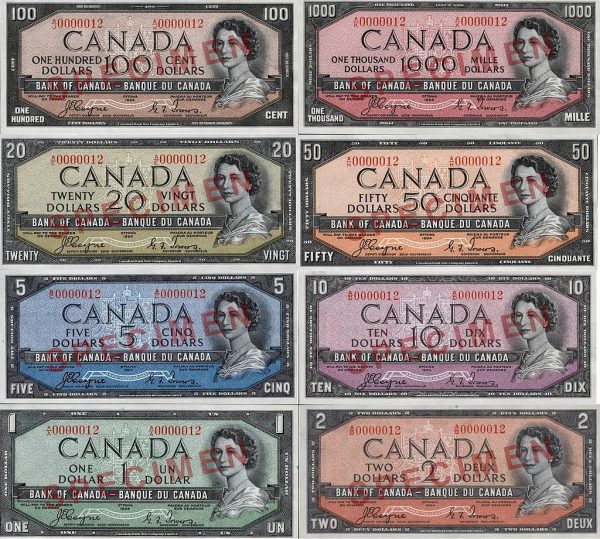
(Wikimedia Commons)
She appeared again on all Canadian bills in 1954 (after she became Queen).
And she has stayed on the $20 bill ever since. Officials from the Bank of Canada say that she will remain on the money for years to come, too.
Across seven decades, no matter how much the world (and our money) changed, Elizabeth has been there as the Queen.
What was the Queen's duty?
The Queen with then-British prime minister David Cameron in 2014. (Getty Embed)
A monarchy is a rule by a single royal family. In it, there is something called a line of succession—this means that when a ruler (or sovereign) dies, the next-oldest person in line (usually the son or daughter) takes the position. In Elizabeth's case, her father, King George VI, was king. And now her first-born son, Prince Charles, has become King Charles III.
England has a constitutional monarchy. (We have a similar system in Canada.) This means that the actual political power rests with a group of elected representatives who are led by a prime minister, not the royal family.
Instead of making laws, the monarch is a figurehead. This person attends ceremonies and official events as a symbol of the nation. But it's not all just parades and parties. The monarch also meets regularly with the prime minister to give advice and help with decisions.
And though the Queen did not visit Canada every year, the Governor General, who is the monarch's representative in Canada's government, performs the same type of role in this country on the monarch's behalf.
Changing world, changing monarchy?
The Queen with her grandson Prince Harry and his wife, Meghan, Duchess of Sussex, in 2018. Harry and Meghan left their royalty behind in 2020. (Getty Embed)
Having kings and queens is something that goes back thousands of years. But in the last century, monarchies have often been challenged.
Just before Elizabeth became Queen, many monarchies across Europe were overthrown in countries like Romania, Italy, Albania, and more. Greece had its last king in 1973.
Elizabeth also saw challenges, both from inside the United Kingdom and among the many countries that were in the Commonwealth. During her reign, many nations removed her as their queen, including Pakistan, Malawi, Nigeria, and Ghana. And in 1999, Australia held a vote on whether it should have a system of government more like the United States. Over 54 percent of people voted to keep things as they were and keep Queen Elizabeth as their monarch.
Meanwhile, others within Elizabeth's own family have chosen to abandon royal life. Most recently, her own grandson Harry and his wife Meghan left behind their royal titles in January 2020.
Colonialist past
Many people see a monarchy as either ineffective, unjust, or too expensive to maintain (last year, the royal family cost UK taxpayers $120 million US).
Between 1815 and 1914, the British Empire had become the largest empire in the history of the world. The process of building this empire, which took centuries, is how British colonies were started in what is now Canada. This is how Canada came to be in the Commonwealth.
Though the empire was not at its peak in 1952, Elizabeth II still inherited an empire that had territories on every continent in the world. Many of these Commonwealth countries voted to remove their attachment to the monarchy during her reign. And even in countries that kept the Queen, some citizens felt uncomfortable with what she represented.
In Canada, this was especially true for Indigenous Peoples and Black Canadians. Throughout history, the British monarchy was a symbol of the forces behind the international slave trade, the invasion and colonialization of Indigenous lands, and the oppression and genocide of Indigenous Peoples.
And while Queen Elizabeth herself was not always a direct force in these movements, there was never an official apology from her on behalf of the Crown for such atrocities.
A complicated time
King Charles III now will carry on from his famous mother. At 73, he is the oldest British monarchy at his coronation. (Getty Embed)
For these reasons (and many more), the death of the Queen is a complex moment in a country like Canada.
All across the nation, there will be ceremonies and speeches in remembrance of her reign. Prime Minister Trudeau called her "one of my favourite people in the world."
But many others will see her passing as a painful reminder of how many wrongs are still not being addressed. And still more will see this as a moment to finally move forward from a style of government that is out of step with the needs of the modern world.
Exactly how the monarchy changes under King Charles III remains to be seen.
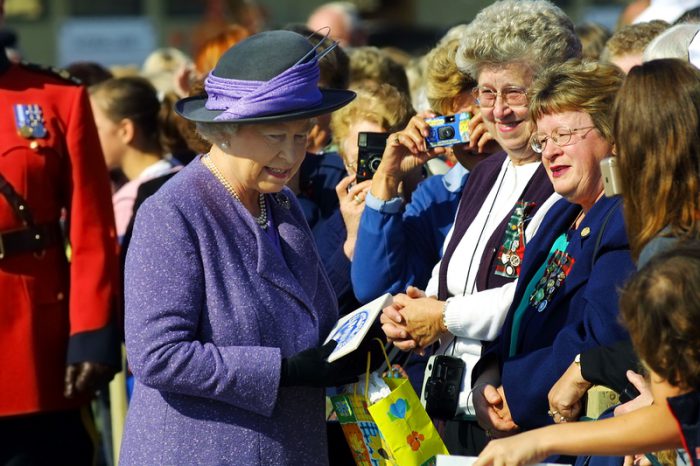 Queen Elizabeth during one of her last royal visits to Canada in 2002. (ID 11094050 © Jamie Roach | Dreamstime.com)
Queen Elizabeth during one of her last royal visits to Canada in 2002. (ID 11094050 © Jamie Roach | Dreamstime.com)



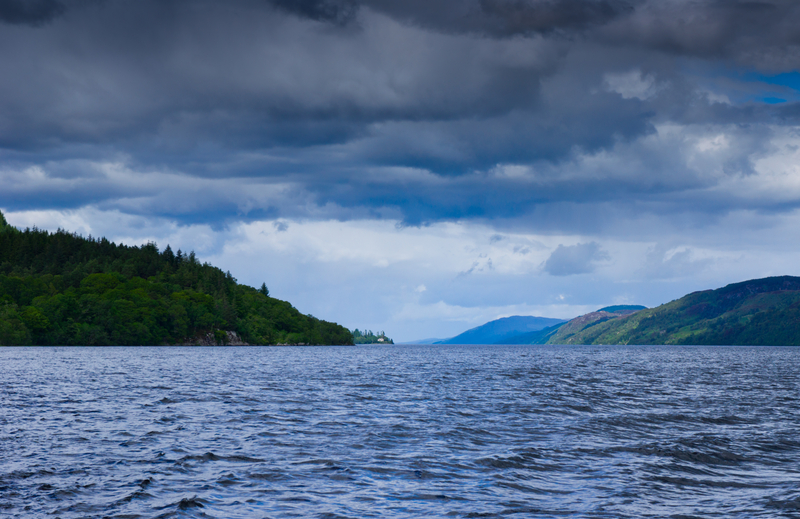
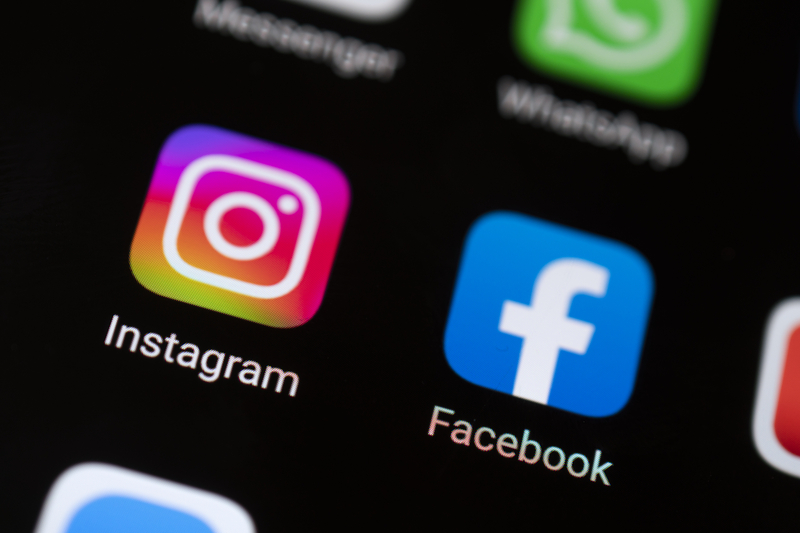
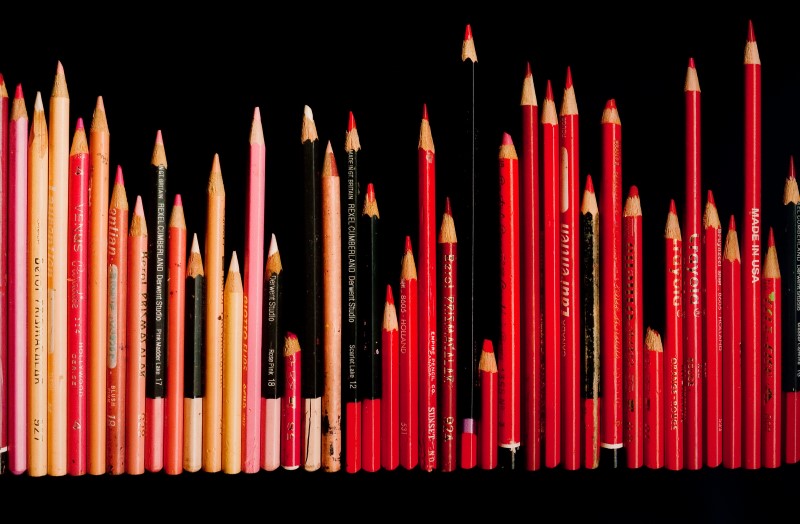


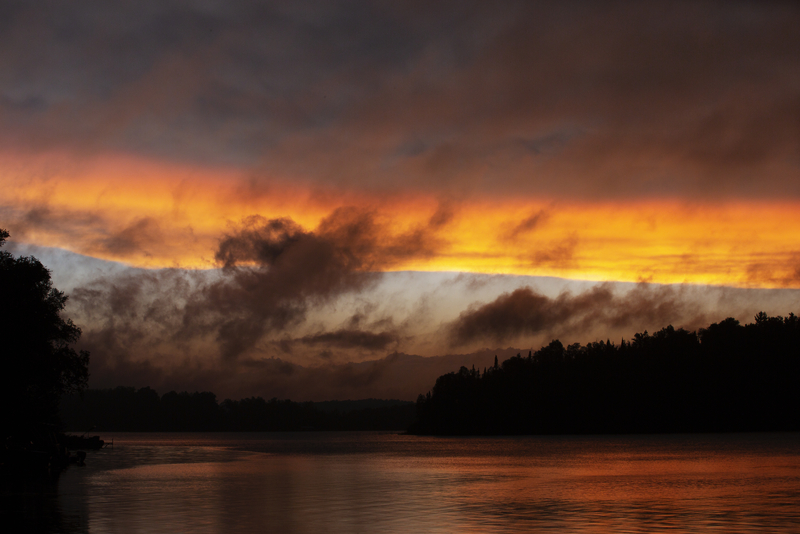
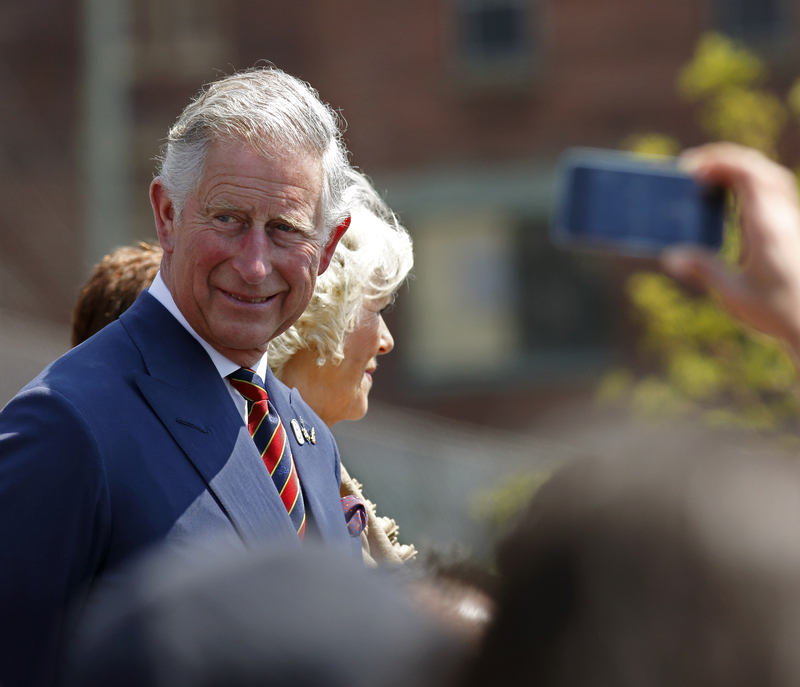
😯 😯 😯 😯 😯 😯 😯
bruh 😥
exactly
She is going to be missed so very missed…
she was a good queen.
She was a good queen, she will be missed very much 😞😞😞😞
so sad